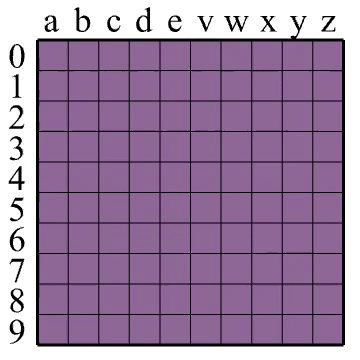

Research Thrust II
Thrust II in Big Picture
-
Developing physics informed neural network (PINN), Deep Neural Operators (DNO) and multi-fidelity BNN for accelerated high-fidelity DLC prediction
-
Two physics informed neural networks for forward and inverse mapping of the MP2 relationships by using the DLC data
-
An inverse design workflow for generating both material architectures and their manufacturing processes.

Objectives of Thrust II
-
Developing Physics-Informed Neural Network (PINN) models for composites by encoding conservation laws and prior physical knowledge.
-
Developing multiscale Deep Neural Operators (DNO) to act as surrogate of expensive models, providing the capability to integrate coupled physics for on-the-fly prediction of composites properties.
-
Developing multi-fidelity Bayesian Neural Networks (BNNs) as an integrated material platform to blend computational data and experimental characterizations with noise and quantifying how uncertainty propagates.
-
Developing MaterialGEN and ProcessGEN to generate the material architecture and sequential combination of manufacturing steps for optimization of manufacturing processes for targeted materials.
AI Modeling and Inverse Design

Deep Neural Operators (DNO) as surrogate of physics-based models of composites.
We developed a DNO model to act as surrogate of physics-based models of a composite beam to provide fast and accurate predictions of the transient mechanical responses of this composite beam to dynamic loading. The DNO model is trained using an incremental learning method with sequence-to-sequence training implemented in JAX, leading to a 100X speedup compared to widely used vanilla deep operator network models. The average prediction accuracy of the DNO model on testing data ranges from 95% to 99% compared to the FEA results.
-
M. Lu, A. Mohammadi, Z. Meng, X. Meng, G. Li and Z. Li. Deep neural operator for learning transient response of interpenetrating-phase composites subject to dynamic loading. Computational Mechanics, 72: 563-576, 2023.

FEA
DNO




Darcy problem: reconstruction with uncertainties.
Bayesian-based approaches for addressing noisy inputs-outputs in PINNs and pretrained DNOs for solving hybrid fidelity problems
We have introduced a Bayesian approach to quantify uncertainty arising from noisy inputs-outputs in PINNs and DNOs. We have verified that this approach can be seamlessly integrated into PINNs and DNOs, when they are employed to encode the physical information.
-
Z. Zou, X. Meng and G. Karniadakis. Uncertainty quantification for noisy inputs-outputs in physics-informed neural networks and neural operators, SIAM/ASA Journal on Uncertainty Quantification, 2024 (under review), DOI: 10.48550/arXiv.2311.11262.

Deep Reinforcement Learning for the Design of Thermoplastics Microstructures with Prescribed Deformation
This study incorporates deep reinforcement learning into material design. The approach creates a design environment for the reinforcement learning agent to iteratively construct material microstructures with tailorable deformation and hysteretic characteristics. Validation involved producing designed materials with a thermoplastic polyurethane (TPU) base material that exhibited the deformation response of expanded thermoplastic polyurethane (E-TPU) while maximizing or minimizing hysteresis in cyclic compression. The agent’s generalizability was tested by creating metamaterials with distinct deformation responses and specific hysteresis goals in a simulated setting.
-
N. K. Brown, A. Deshpande, A. Garland, S. A. Pradeep, G. Fadel, S. Pilla, G. Li, "Deep reinforcement learning for the design of mechanical metamaterials with tunable deformation and hysteretic characteristics," Materials and Design, 235, 112428,2023.


Strain hardening
